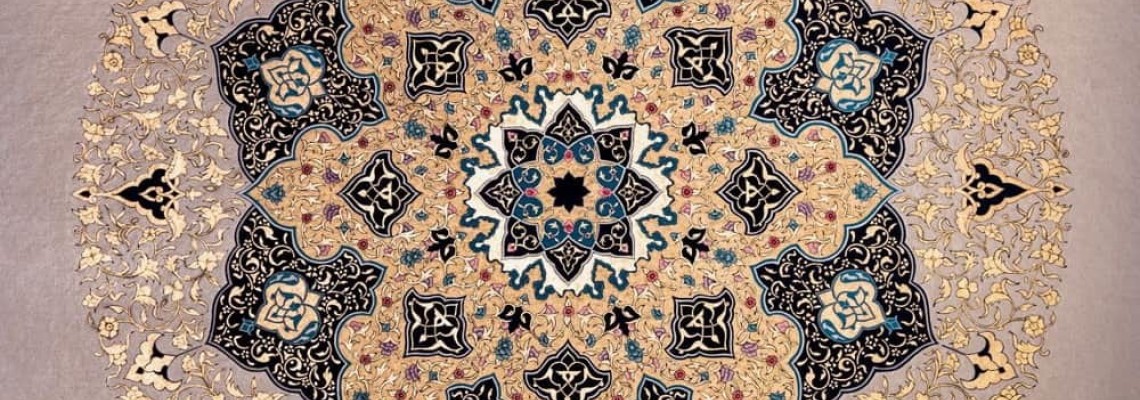
Tazhib (Illuminated Manuscript)
The so-called illuminated manuscript is a manuscript in which the text is enriched with ornaments such as initials, borders, and thumbnails. In the strictest definition, the term refers to manuscripts decorated with gold or silver, but in common usage, the term refers to any decorated or illustrated manuscript. Islamic manuscripts may be referred to as illuminated, illustrated, or engraved works.
Teachers and craftsmen in this field use this art in various books to embellish the golden pages of literal and religious texts decorated with Arabic or floral motifs. The origin of using this art in Iranian books dates back to the Sassanid period. After Islam, the gilded manuscripts were adopted by the Islamic/Arab governments and later recognized as Islamic art.
Gilded manuscript reached its peak when people in Seljuk Empire and Timurid period started to work as professional craftsmen in this field. It became a real art and the most beautiful manuscripts come from this period.
s of painters, bookbinders and craftsmen from different regions of Iran were summoned to the court and began to work in the libraries of the capital. In this way, worthless masterpieces were created, which today adorn Iranian museums around the world. Although this art slowed down with the conquest of the country's culture, the gilded manuscript is still on the rise thanks to the unparalleled efforts of prominent and dedicated Iranian craftsmen.
Gilded manuscripts, like other art forms, are composed of different schools and eras, including Seljuk, Bukhara, Timurid, Safavid and Qajar. The differences between the various manuscripts are mainly in the colors and the way the letters or patterns are painted, and these aspects show the feelings and spirit of the time. This art was considered simple in the fourth and fifth centuries, but gradually gained importance and value from the sixth century onward.
This art was considered simple in the fourth and fifth centuries, but gradually gained importance and value from the sixth century onward.
If we look at the illuminated manuscripts of recent times, we can find the salient effects of Iranian illuminated manuscripts in other countries such as India, Turkey and other Arab nations. Artists who immigrated to India from Iran during the first Safavid period were the founders of Iranian and Indian schools of painting, which created a variety of masterpieces of great value.
Thanks to the Iranian immigrants of that time, this art still exists in Turkey today.
According to the history of the Quran, this dates back to the beginning of the process of defining the decorative structure that contains information about the sura, the verses, the 30 parts of the Quran and the signs for the prostration verses. It was a time when Muslims gradually became more interested in the Quran and fell in love with its beauty.
The artistic productions of the Timurid period are one of the most important and common types of gilding. The Timurid dynasty promoted and expanded the art of writing books. Sultan Baisungur Bahadur Khan was the greatest and most important member of this dynasty. This king was an artist who loved to learn the techniques of inscription, calligraphy, gilding and painting. He brought together many artists from all over the Timurid Empire and built a library in Herat to create a production center for writers, cartographers, calligraphers, gilders, bookbinders, painters and many more. The religious books from this city are among the most valuable and beautiful books ever produced.
The Qurans made at that time belonged to Shah Rukh and Baysanghar and were gilded from the best manuscripts. Gold and azure were the main materials used to decorate the books and the Quran itself.

Leave a Comment